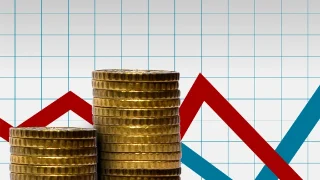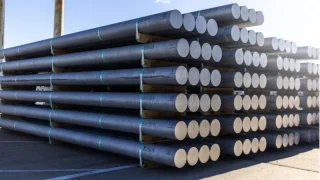
While the announcement of tax simplification by the Government is a step in the right direction, it does not go far enough. A new paper offers a blueprint for where tax and welfare reform should be heading.
In this paper titled Reform30/30: Rebuilding Australia’s Tax and Welfare Systems, John Humphreys outlines a radical vision of how the tax and welfare systems could be refashioned to ensure that nobody loses more than 30 cents of any extra dollar they earn.
Humphreys proposes a single (flat) income tax rate of 30% (the Medicare levy would be scrapped). The tax free threshold (TFT) would be increased to $30,000 per person, so nobody would pay the 30% tax until they earned above this amount.
Those earning below $30,000 would receive top-ups in the form of a Negative Income Tax (NIT), which would be paid at a rate of 30% (i.e. every dollar of income short of $30,000 would attract a top-up of 30 cents). The NIT would replace all existing welfare payments and tax expenditures.
A key feature of this proposal is that it overcomes the problem of high effective marginal tax rates as people move from welfare to work.
‘By increasing the tax free threshold to $30,000 and only providing welfare to people with incomes below $30,000, there is no overlap between tax payers and welfare recipients. Not only does this remove the problem of overlapping work disincentives, but also it removes the pointless churning of money from taxpayers to bureaucrats back to the same taxpayers.’
Another advantage is that it removes the need for a minimum wage and therefore boosts employment opportunities: ‘Instead of legislating for higher wages, the NIT allows wages to stay at their market rate and supplements low incomes with a welfare payment.’
Reform 30/30 is more equitable than our existing system. It significantly reduces unemployment (and therefore poverty), and it ends discrimination against couples. Humphreys calculates it could create 500,000 new jobs, a $90 billion bigger economy, higher growth rates, lower tax levels and a simpler, fairer tax/welfare system.
‘The biggest winners in this reform are the working poor who previously had the highest effective marginal tax rates (EMTRs) and who now get to keep more of their welfare benefits and are exempt from income tax.’










